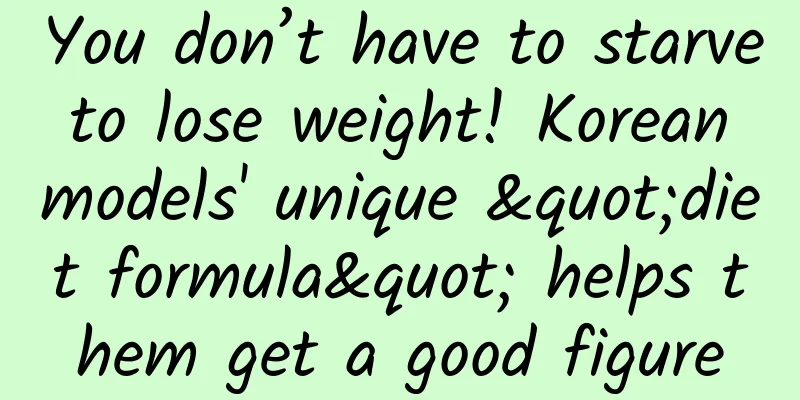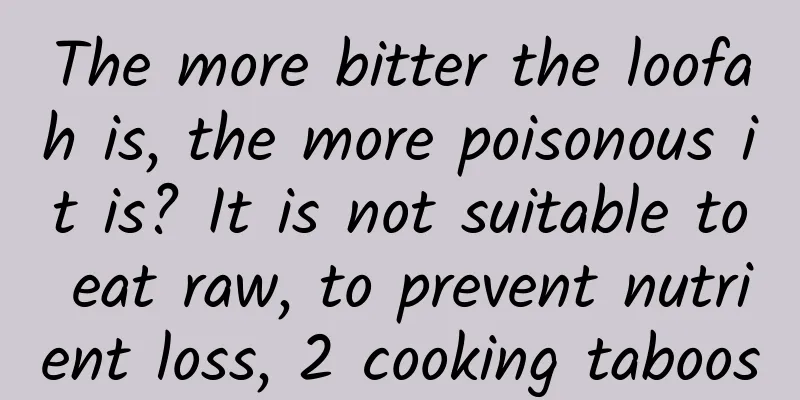When should uterine fibroids be treated with surgery?

|
In daily life, uterine fibroids are a more common gynecological disease, but they have more causes, and if they are not treated well, the consequences will be more serious. So, do you know how big uterine fibroids are? What are the methods for treating uterine fibroids? Uterine fibroids are the most common benign tumors in female genitalia. Clinically, the size of the tumor also determines the need for surgery. Whether uterine fibroids require surgery also depends on the size of the tumor. Generally speaking, surgery is recommended for fibroids 2 cm in size. The larger the size, the more likely it is to cause pedicle torsion, which requires laparotomy. Uterine fibroids are very common. When investigating the causes, most people believe that it is related to the relatively high level of estrogen in women’s bodies. If women have unbalanced marital life, too much family life and work burden, or too much mental stress, they will all cause depression, resulting in dysfunction of the neuroendocrine system and imbalance of sex hormones, making it easier for uterine fibroids to grow. Uterine fibroids are generally treated with medication and surgery. The specific implementation method depends on the specific size of the tumor. If the tumor is less than 2CM, then medication can be used for treatment. If it is more than 2CM; it causes heavy bleeding, or long-term excessive menstrual bleeding, and long menstrual periods lead to anemia, and medication cannot cure it; the fibroids develop too quickly, or after menopause, the fibroids not only do not shrink, but also increase in size, and surgery should be performed immediately. Whether the uterus is removed depends on the location and size of the fibroids, as well as the patient's age, fertility, and the severity of the symptoms. Although uterine fibroids are benign tumors, the rate of malignant transformation is only 1%. However, patients need to pay close attention to them and go to the hospital for examination and treatment as early as possible to prevent ovarian and fallopian tube lesions and induce uterine adenocarcinoma and cervical cancer. |
<<: Will uterine fibroids affect pregnancy? How big will uterine fibroids affect pregnancy?
Recommend
What foods are good for cervical warts
The incidence of cervical warts is very high in m...
Which department should I go to for irregular menstruation
Menstrual irregularity refers to irregular or abn...
Lose weight during the menstrual cycle, slim down in 28 days! Traditional Chinese Medicine: 4 stages of "eating like this" to build a physique that is easy to lose weight
Girls can also successfully lose weight by using ...
What are the prevention methods for abnormal leucorrhea?
Leucorrhea is a white liquid that flows out of th...
Understand the different effects of various treatments for vulvar leukoplakia
Vulvar leukoplakia is a phenomenon of hypopigment...
Experts explain the complications of two major ovarian cysts
The complications of ovarian cysts are relatively...
Knowing the symptoms of uterine fibroid complications will pay attention to early treatment
Uterine fibroids are a common disease among women...
Correct bad sitting posture and train upper body muscle strength
Poor sitting posture can easily cause physical di...
Decoding: Several common causes of chronic cervicitis
The cause of chronic cervicitis is an important i...
How to care during the treatment of cervical warts
Nowadays people are under great pressure in life,...
Patients with ovarian cysts need to understand their examination methods
Ovarian cysts are very harmful and can endanger t...
What are the common manifestations of uterine fibroids?
Uterine fibroids are the most common benign tumor...
How to treat black menstrual residue after abortion? 5 ways to treat black menstrual residue
Abortion is one of the methods that women choose ...
Is irregular menstruation due to problems in which part of the body?
What part of the body is causing irregular menstr...
How long does it take to have sex after uterine fibroid surgery? What should I pay attention to after having sex after uterine fibroid surgery?
As we all know, whether it is a major operation o...









